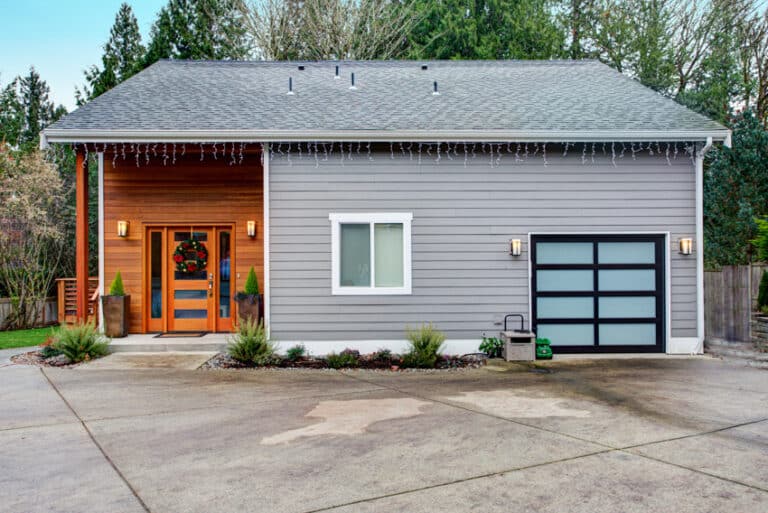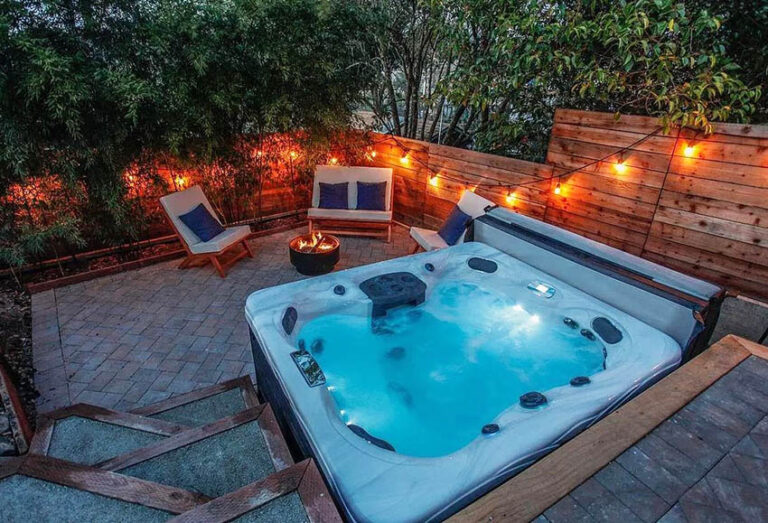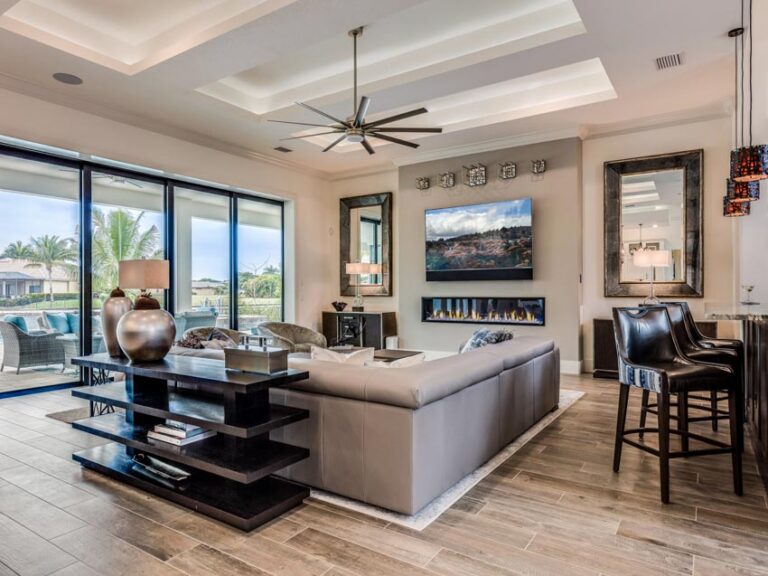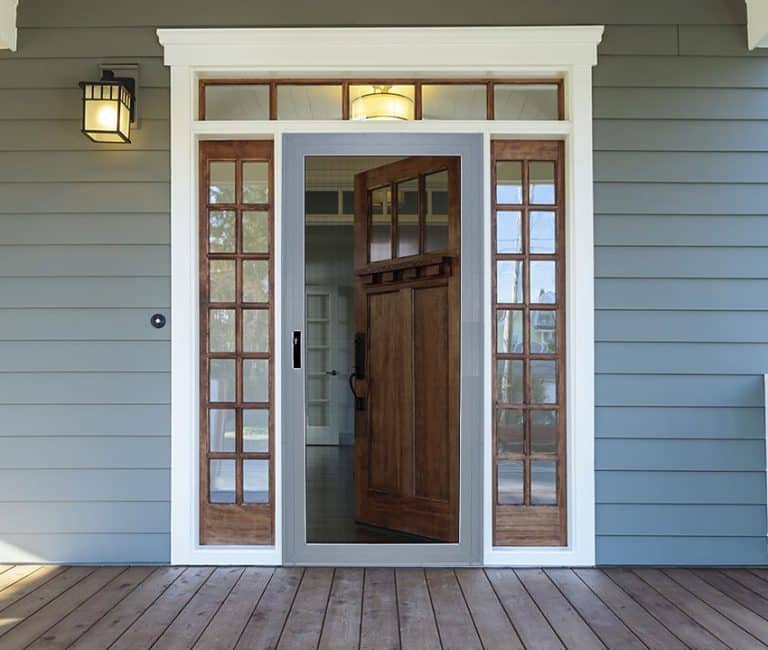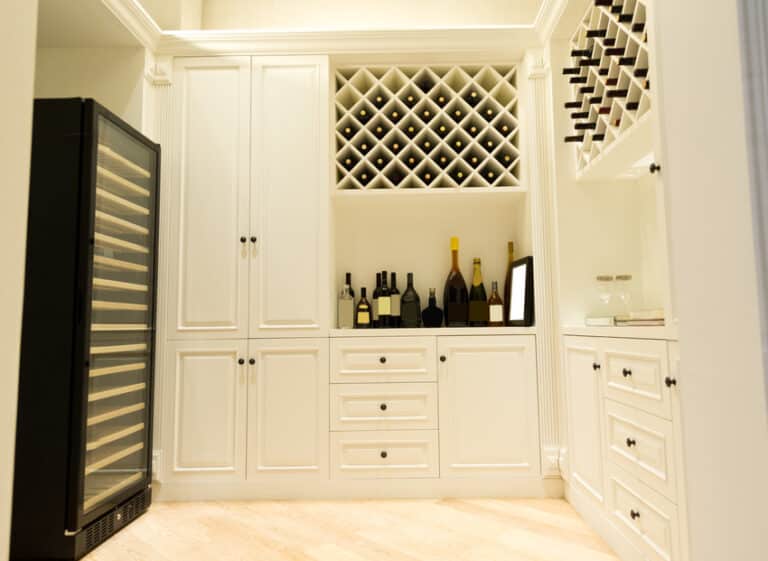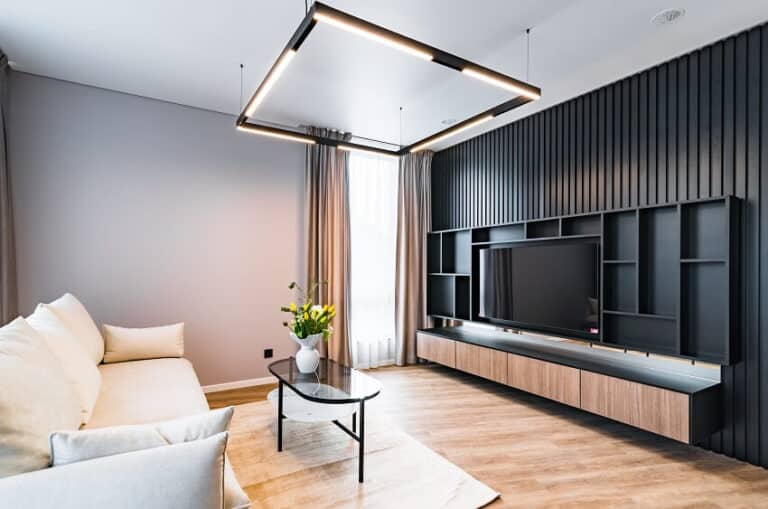Pros and Cons of Painting Exterior Brick
Below is our guide to the pros and cons of painting exterior brick including its maintenance, sealing ideas, and tips before you paint exterior bricks on a home.
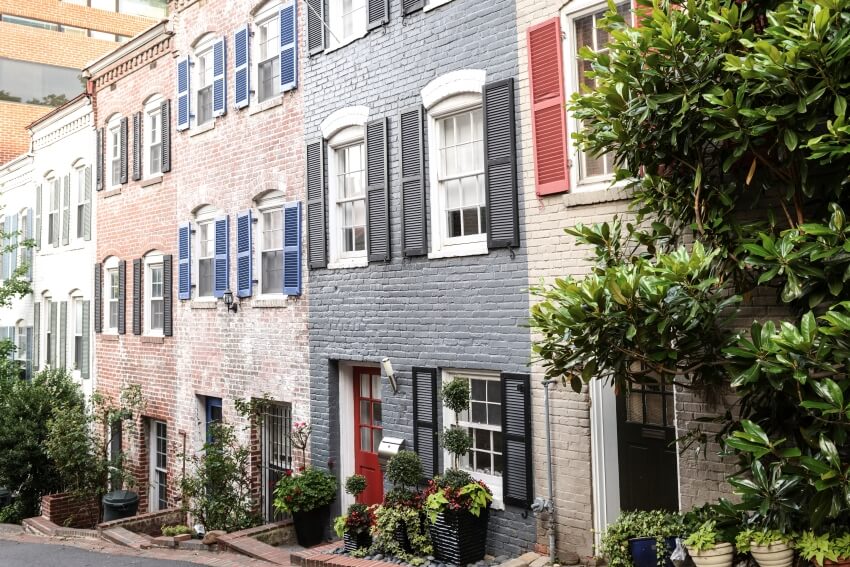 Painting a house is a great way to give your house a new look. But what if your walls are made from bricks, is painting still a good solution?
Painting a house is a great way to give your house a new look. But what if your walls are made from bricks, is painting still a good solution?
Before even thinking of picking up painting supplies and adding them to your cart, it’s best to read about what the experts say on the matter because there are some pros and cons that you need to take into consideration.
Painting Exterior Brick Pros
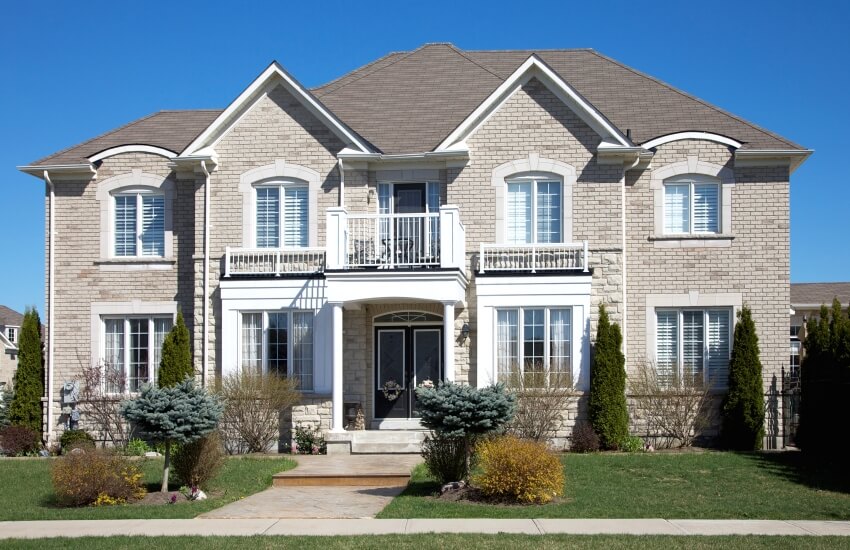
These film coats will protect your bricks from water seeping through, and other weather conditions that can wear down the structural integrity of your bricks.
Revitalize the Overall Look of Your Exterior – Sometimes it only takes a fresh coat of paint to boost your home’s curb appeal.
While paint acts as an extra layer of protection for your exterior bricks, it is also effective in hiding surface damages such as color fading, chips, and cracks.
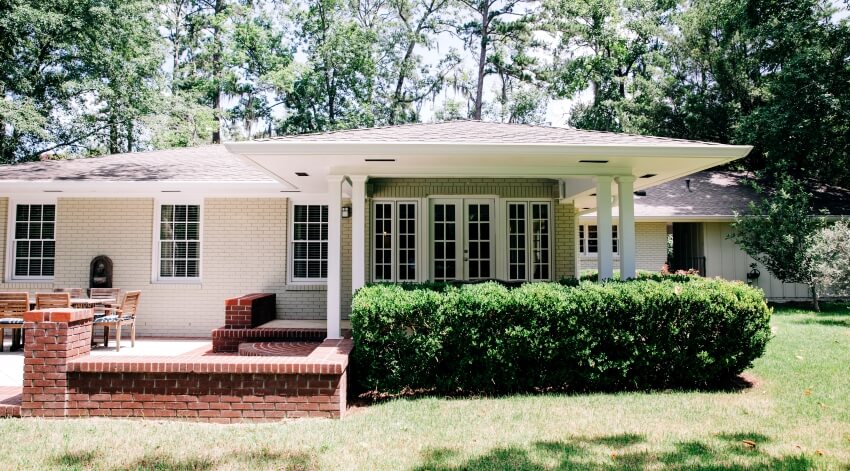
Another great thing about painting your exterior brick is that it can be a DIY project if you want to cut down on costs.
Ease of Cleaning – Unpainted bricks are porous, which means water can seep through, or grass, ferns, and moss can easily grow on them. The roots of these plants can usually damage your bricks as it grows between cracks and crevices.
Accumulated debris in between the bricks can also harden and, with continuous exposure to moisture, can harbor fungi and molds.
New Look Anytime – The great thing about painting and cladding is that you can change the color anytime you want to achieve a fresh look for your property without any major renovations. Check out some free paint color visualizer programs online for more helpful ideas.
Cons of Painting Exterior Brick

A Need for Repainting – Like any other painted surface, you’ll need to repaint your brick surface periodically depending on how often damages may appear due to weathering conditions.
The temperature change and constant exposure to the sun are unavoidable, so you’ll need to repaint your bricks to maintain their pristine look and prevent water damage.
On average, it takes 5 to 7 years for significant fading to appear. But again, this will depend on your location, the type of paint, and the quality of the painting.
Dirt and Damages are More Noticeable – White and powder gray was popular exterior color when people started painting their exterior bricks back in the early 2000s. You’ll expect the exposed façade and walling for more noticeable dirt and debris from showing with these light tones.
Better to choose mid to darker tones when you live by a high traffic area or where dust and other debris can easily build upon surfaces. Although, there are self-cleaning paints you can choose that are both hydrophobic and oleophobic, which means it repels water and oil.
Need for Pro-painters for Best Results – While a homeowner with good experience on DIY home projects can achieve a good painting job, it is best to get professional painters to paint your bricks.
Pro painters are more experienced in spotting and dealing with cracks and gaps on your brick surface, which need to be filled with mortar or more advanced caulking systems.
Another great thing about professional painters is that they choose the right type of paint to use to allow the brick to breathe while still sealing off the water.
The preference of having a professional painter becomes a disadvantage when it comes to exterior brick painting due to the higher labor cost. It can also be time consuming to search for a reputable professional painter every time you need to paint your brick exterior.
Can You Paint A Brick House?

For instance, concrete blocks with mortar joints usually have Portland cement or lime that has strong alkalinity, especially with newly laid bricks, which can negatively affect your paint.
Another consideration is the moisture content of your bricks. The more water content your brick has, the more likely your paint will have a harder time adhering to the surface.
It is still best to consult a professional, especially if you have little to no experience in painting on bricks. This will save you more trouble and money in the long run.
Should You Paint Exterior Brick?

Your typical masonry bricks are made without the need for any surface finish as it is aesthetically pleasing due to their organic quality and their ability to withstand weathering for a long time.
Painting bricks is practical in the sense of worn-out or damaged exterior bricks. This is also most fitting for historical or heritage homes that want to preserve its architecture and structure while giving it a fresh new look.
Though it still boils down to your preference, avoid falling short on surface preparation before painting your brick walls.
Does Painting Brick Seal It?
As masonry is characterized as a porous material, you’ll need to seal off your bricks with a masonry sealer, as painting the surface does not guarantee a watertight finish.
In addition, you should check and fill in cracks or gaps that may be present on your exterior brick to completely seal off your bricks.
Is Painted Brick High Maintenance?
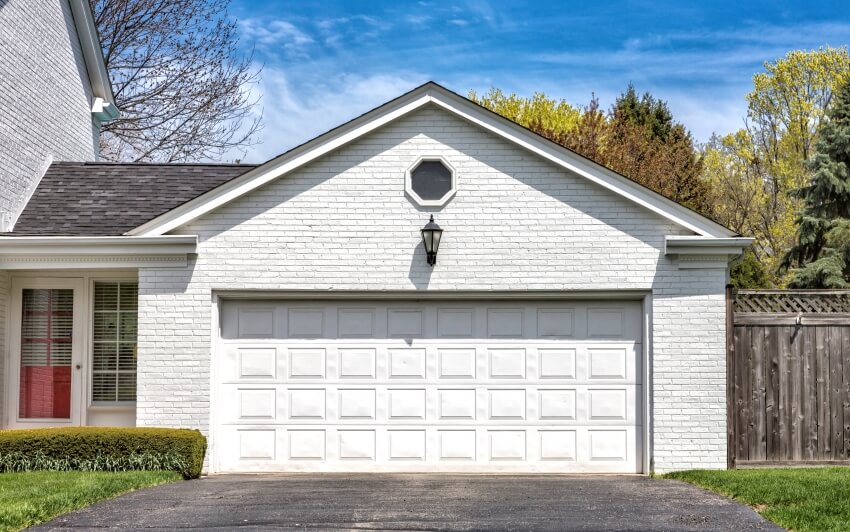
There is a lot of masonry painting caulks, putties and paints now in the market that homeowners can use to prolong the longevity of your painted bricks. Check out our guide on the best finish for exterior paint for more painting ideas.
Although, when it comes to cleaning your painted brick surface, it can be challenging to keep the pristine look of a white surface or in any other light color.
Visit our guide on the best paint colors that go with brick and brick stain vs paint comparison guide for more related content.

